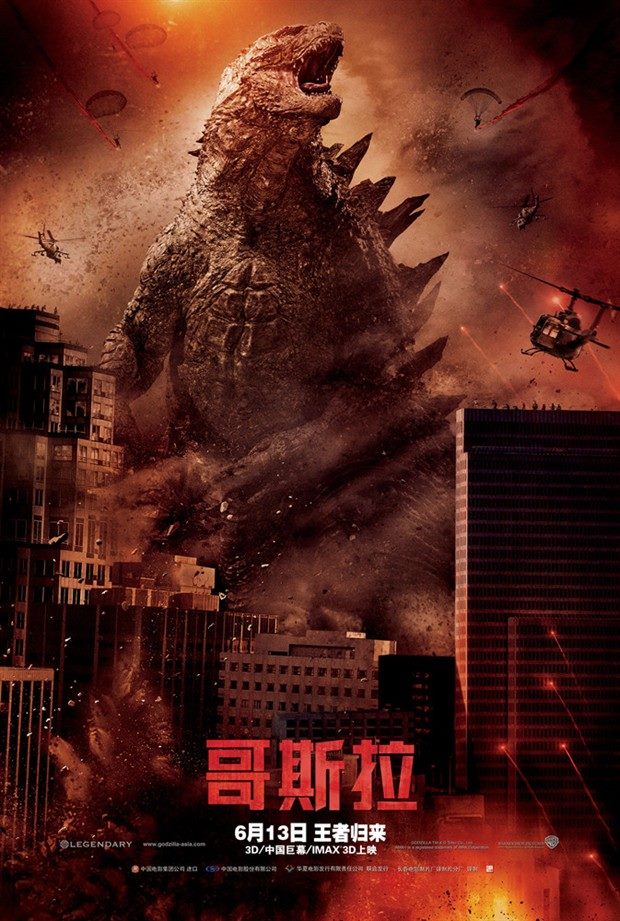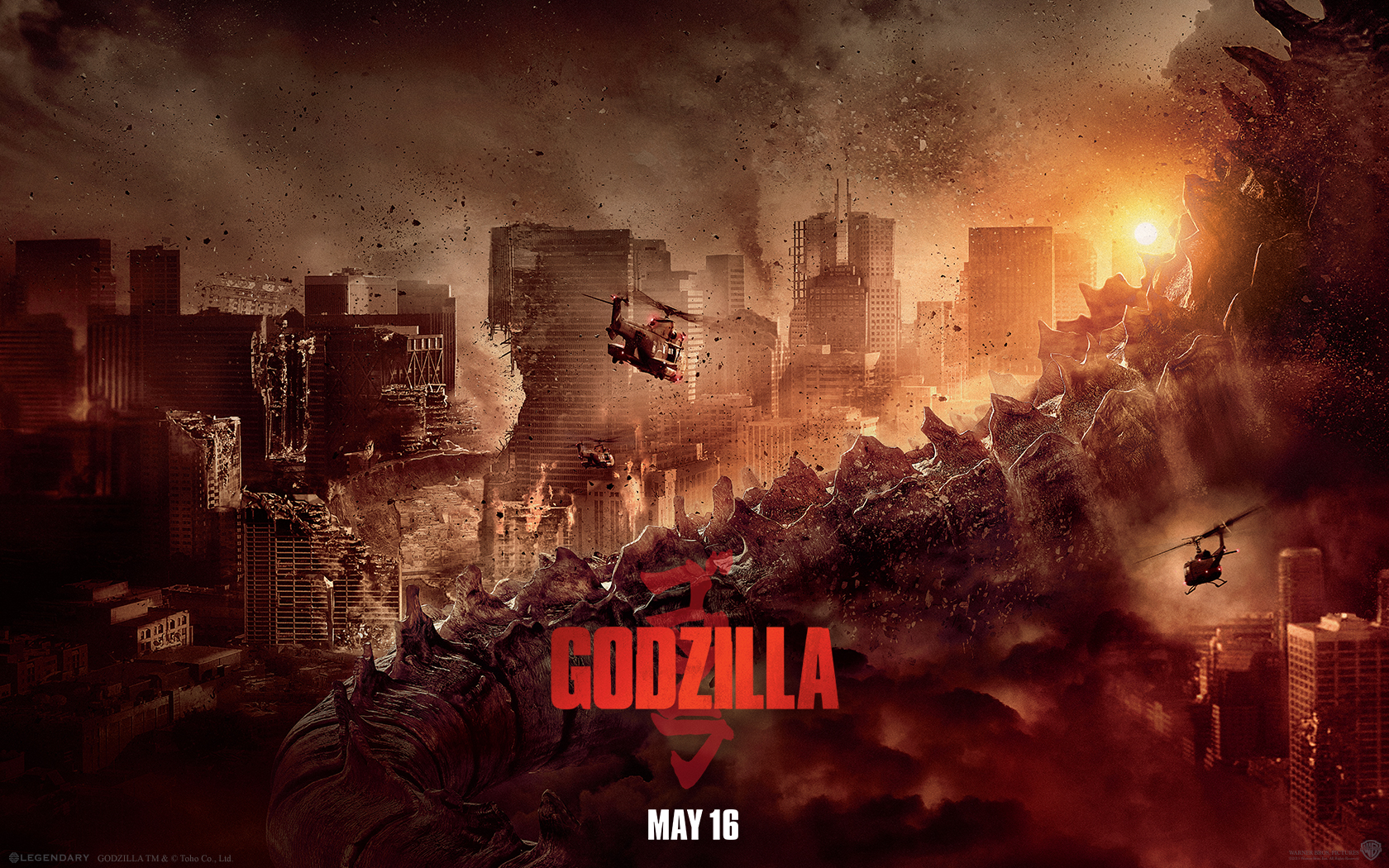Gareth Edwards’ Godzilla (2014) was met with a largely positive reception, reigniting interest in the legendary kaiju franchise. This success stemmed from several key factors that resonated with both longtime fans and new audiences.

One of the film’s most praised aspects was its cinematography and visual storytelling. Edwards crafted a sense of scale and grandeur, making Godzilla feel like a true force of nature. The use of perspective, often showing destruction from the ground level, heightened the film’s realism and tension. The slow buildup of Godzilla’s full reveal added to the anticipation, making his final battle even more satisfying.

Another highlight was the film’s commitment to a serious and grounded tone. Unlike some previous Western adaptations, Godzilla (2014) treated the monster as a symbol of nature’s power rather than just a mindless destroyer. The story drew inspiration from classic Godzilla films, incorporating themes of environmental imbalance and human insignificance in the face of nature’s fury.

The performances also played a role in the film’s reception. Bryan Cranston’s portrayal of a grieving scientist added emotional weight, and Ken Watanabe’s Dr. Serizawa provided insight into the mythology of Godzilla. While some viewers found the human characters underdeveloped, their presence helped anchor the story in a relatable way.

Finally, the sound design and score by Alexandre Desplat contributed to the film’s atmosphere. The deep, resonant roar of Godzilla and the powerful orchestral soundtrack amplified the tension and excitement.
While some critics wished for more Godzilla screen time, the film’s deliberate pacing and awe-inspiring action sequences made it a worthy addition to the franchise. Its success paved the way for the MonsterVerse, proving that Godzilla still reigns supreme in cinematic history.
Photo credit: scified.com
